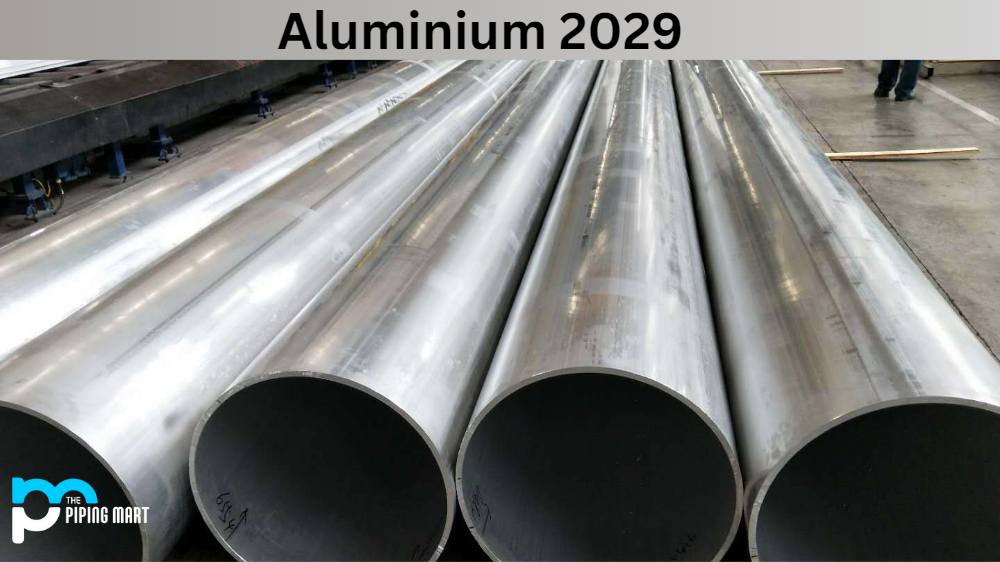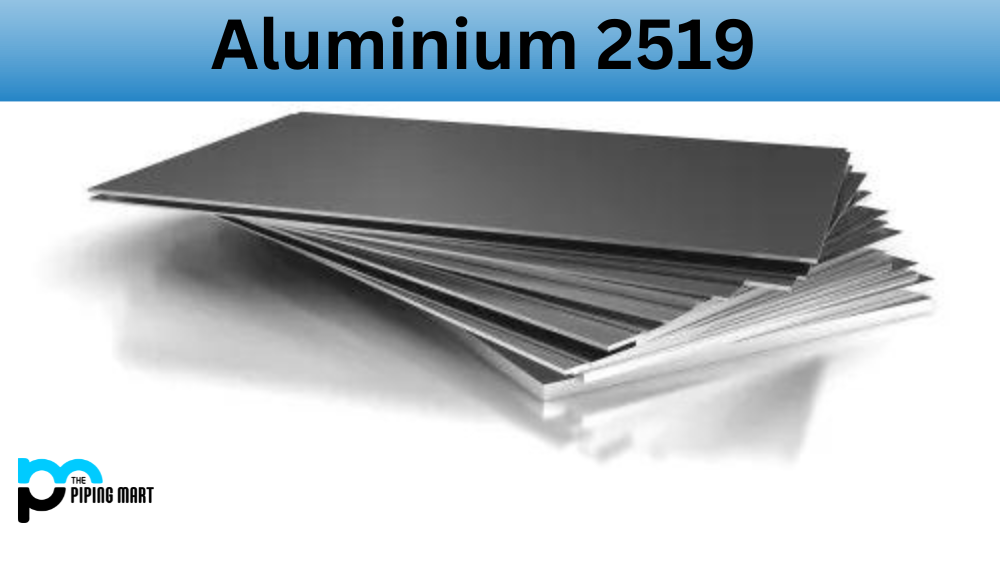Alloy steel grade WC9 is a high-performance alloy that offers an exceptional combination of strength and durability. It is well suited for use in a variety of applications, ranging from automotive parts to medical implants. In this blog post, we’ll look at the chemical and physical properties of alloy steel grade WC9, its uses, heat resistance, machining characteristics, and other important considerations.
Chemical Properties
grade WC9 is composed primarily of iron (Fe) with small amounts of carbon (C), manganese (Mn), silicon (Si), phosphorus (P), sulfur (S) and chromium (Cr). The higher levels of Cr make this alloy highly resistant to corrosion and oxidation, while the Mn helps improve its wear resistance. Additionally, the Si content improves its machinability while the P helps reduce brittleness.
| Carbon: | 0.20% Max |
| Manganese: | 0.40 – 0.70% |
| Silicon: | 0.75% Max |
| Phosphorus: | 0.04% Max |
| Sulfur: | 0.045% Max |
| Chromium: | 4.00 – 6.50% |
| Nickel: | 0.50% Max |
| Molybdenum: | 0.45 – 0.65% |
| Tungsten: | 0.10% Max |
| Copper: | 0.50% Max |
| Residual Elements: | 1.00% Max |
Physical Properties
Other physical properties include good weldability and machinability with conventional tools such as carbide cutters; however, its high hardness should not be exposed to excessively high cutting speeds or forces during machining operations.
Mechanical Properties
The mechanical properties of alloy grade WC9 are impressive. Its yield strength is up to 1,000 MPa, making it extremely strong and durable enough for use in demanding applications. Its toughness is also quite good; it has an impact strength that can exceed 200 J/cm2 even at temperatures as low as -20°C (-4°F). It also boasts good cold-forming capabilities with a minimum bend radius three times higher than regular steels.
| Tensile Strength | 90 – 115 ksi |
| Yield Strength | 60 ksi Min |
| Elongation at 2 in | 18% Min |
| Reduction of Area | 35% Min |
Equivalent
| ASTM | A217 |
| ASME | SA217 |
| UNS | J42045 |
Uses
steel grade WC9 has long been popular for various uses, from automotive components to industrial machining. This type of steel is environmentally sound and corrosion-resistant, making it a great choice for many needs. WC9 also boasts excellent hardness properties as well as good wear resistance. For complex parts that require high strength and superior resistance, alloy steel grade WC9 is often the ideal fit. Its versatility combines its affordability and low maintenance profile, making it a wonderful option for almost any application.
Corrosion Resistance
Alloy steel grade WC9 is an attractive option in environments and applications where corrosion resistance is of primary concern. This special alloy excels in resisting the corrosive damage caused by elements like water, carbon dioxide and even chloride exposures. This makes WC9 steel the go-to choice for projects that come into contact with harsh conditions, such as those in coastal or marine atmospheres, cryogenic applications or other conditions that may require special alloys for optimal protection. In addition to its impressive corrosion resistance, WC9 can withstand wear and tear better than other materials due to its high impact and superior yield strength. Reliability and durability are two excellent qualities of Alloy Steel Grade WC9, making it a popular choice for many commercial database projects.
Heat Resistance
Alloy Steel Grade WC9 is known for its impressive heat resistance, making it ideal for demanding conditions requiring reliable performance. Its reported high strengths and low ductilities at elevated temperatures make it a popular choice for demanding aerospace parts, gas turbine blades, and automotive components. Its proven resistance to creep-fatigue, higher strength, superior thermal stability, and good weldability make Alloy Steel Grade WC9 one of the most sought-after steel alloys available today. This versatile grain-refined alloy increases the performance of complex components and contributes to increased safety when using them in extreme temperature environments.
Machining
Proper machining of alloy steel grade WC9 requires skill and knowledge. When handling this material, machinists must ensure that their tools have sufficient hardness and strength to handle the incredible heat and wear resistance of WC9 steel. To get the best results out of alloy steel grade WC9, machinists should pay close attention to their cutting speeds as this type of steel is more prone to work hardening and can quickly dull cutters. They should also adjust the feed rate according to the amount of material being removed, using less feed when removing high volumes of material. By following these simple steps, skilled machinists can properly machine alloy steel grade WC9 while maintaining good surface quality and over-stressing their tools.
Welding
Alloy steel grade WC9 welding is a complex process that requires a high level of skill and precision. Welders must be qualified and have a broad knowledge on how to properly operate the heavy-duty welding machinery used in this process. Before beginning any welds with alloy steel grade WC9, welders must consider factors like the type of joint being used, the required current and voltage levels for different alloys, and proper preheating techniques. Care must be taken throughout the welding process to ensure quality results and prevent potential accidents or damage to equipment or personnel. Ultimately, the expertise of an experienced welder combined with the right tools and processes will help make alloy steel grade WC9 welding jobs successful.
Heat Treatment
It should be heat-treated appropriately before use to get the most out of alloy steel grade WC9’s excellent mechanical properties. After heat treatment at 860°C (1580°F) followed by oil quenching or air cooling, its hardness can reach 40 HRC with minimal deformation or distortion.
Conclusion
Alloy steel grade WC9 provides exceptional strength and durability, making it well-suited for many demanding applications such as automotive parts and medical implants. Its chemical composition gives it excellent corrosion and oxidation resistance, while its mechanical properties give it great tensile strength and impact strength even at low temperatures. With proper heat treatment before use combined with good weldability and machinability using conventional tools such as carbide cutters, alloys steel grade WC9 can offer reliable performance in even the most challenging applications.

Meet Bhavesh, a seasoned blogger with a wealth of knowledge and experience. From metal products manufacturing to retail, Bhavesh has a diverse background in various industries and is dedicated to sharing his insights and expertise with readers.




